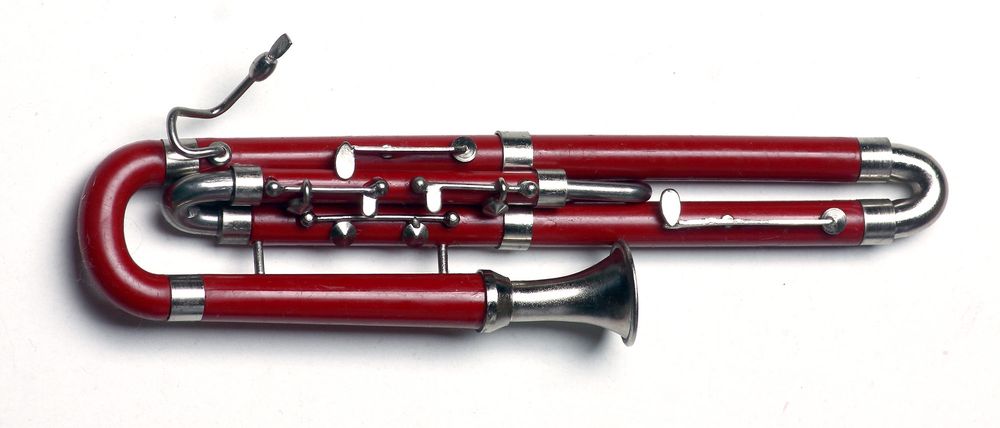11. Literature
Apart from the major bassoon concertos by Wolfgang Amadeus Mozart and Carl Maria von Weber, to name a few, there's a significant number of chamber music pieces (quartets, quintets, sextets, octets - with and for bassoon) and bassoon sonatas with piano accompaniment. Many prominent orchestral works also feature prominent bassoon solos - here are some examples: "Bolero" (by Maurice Ravel), "The Sorcerer's Apprentice" (by Paul Dukas), "The Rite of Spring" and "The Firebird" (by Igor Stravinsky), from the Peer Gynt Suite "In the Hall of the Mountain King" (by Edvard Grieg), and so on... it would exceed this scope to compile all the major bassoon solos here.
Here's a hot tip for our budding beginners:
Get yourselves excited about the bassoon and listen to the bassoon sonatinas for piano by "Alexandre Tansman," "Henri Dutilleux," "Paul Hindemith," and "Camille Saint-Saëns." These composers break away from all bassoon stereotypes, they even flirt with "jazz" at times!
The bassoon trios by composers like Julius Weissenborn and Adolf Bergt are an absolute "must" for bassoonists. Here, the bassoon reveals a side you probably wouldn't expect...!
By the way... playing the bassoon is definitely not boring, especially considering Antonio Vivaldi (1678-1741) wrote 39 bassoon concertos alone.
The big brother of the bassoon is the contrabassoon.

Contrabassoon
The notation is similar to that of the bassoon, but the contrabassoon sounds an octave lower. Only the tenor clef is absent since the contrabassoon has a narrower range (about 2.5 octaves). The fingering technique for the contrabassoon is a bit rougher than that of the bassoon. In musical circles, the contrabassoon is often a playful target of affectionate teasing. Regarding its deep mechanics, there have been comparisons like "closing a barn door..."



